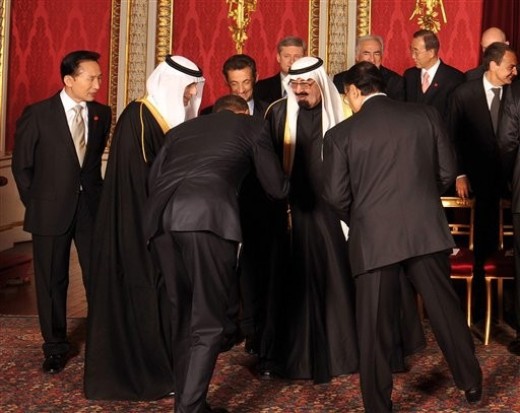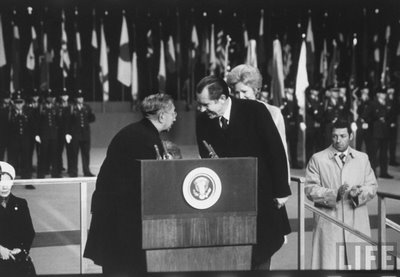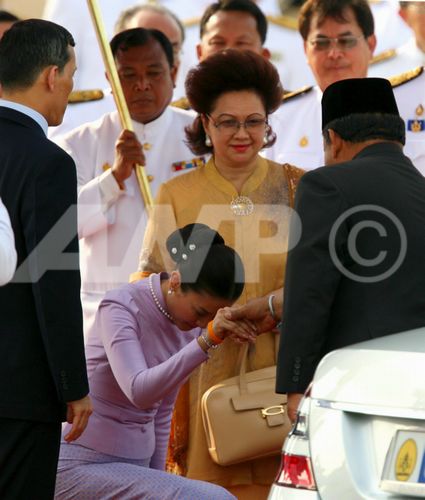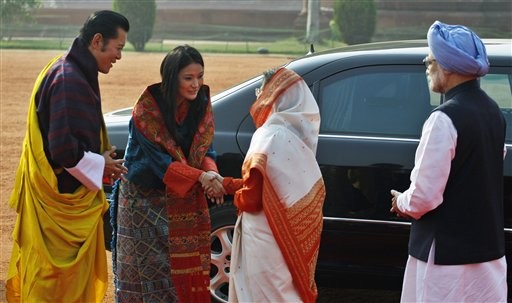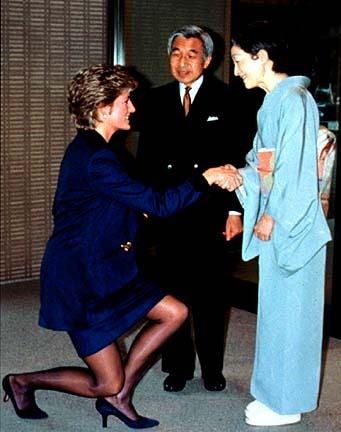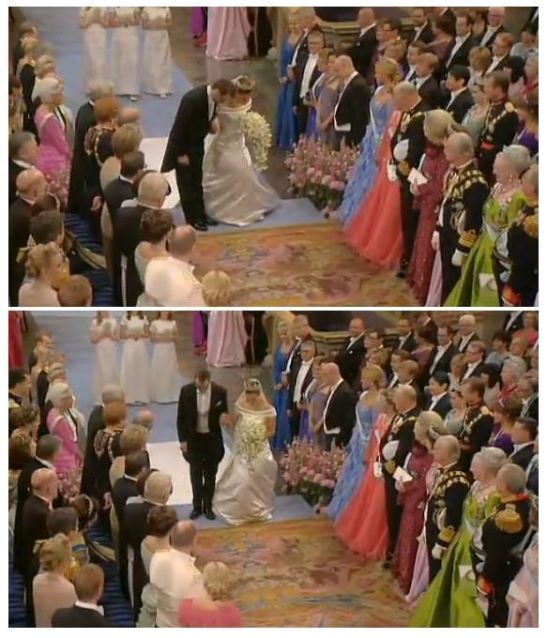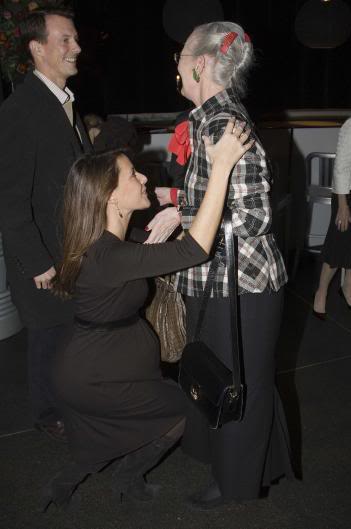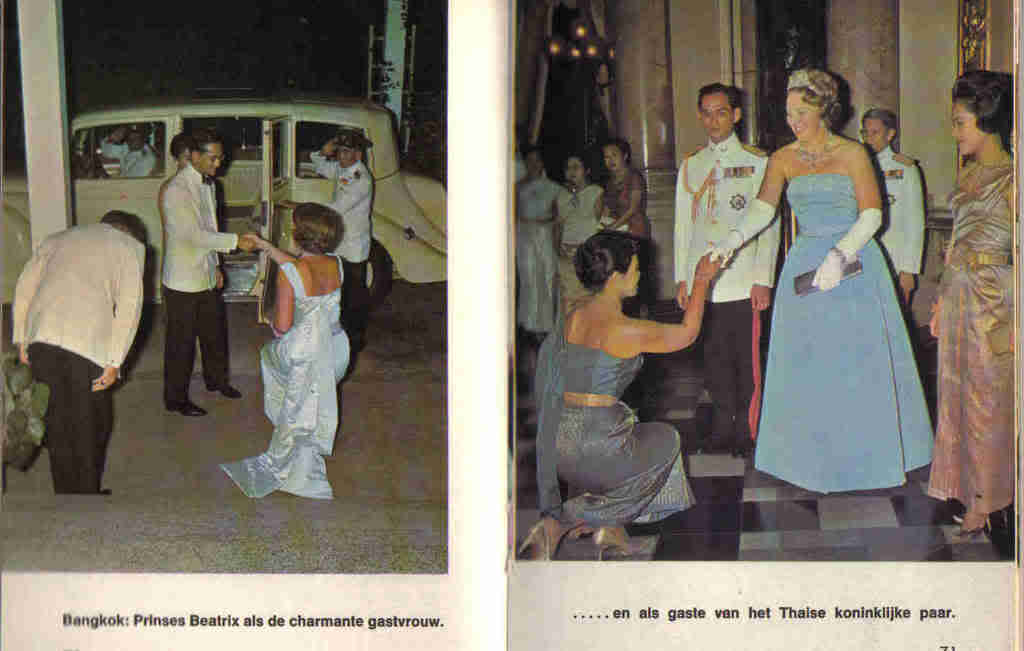| Pantip-Cafe | Pantip-TechExchange | PantipMarket.com | Chat | PanTown.com | BlogGang.com |
- His/Her Imperial Majesty ตัวอักษรย่อคือ HIM (พหูพจน์: TIM)
ใช้กับฐานันดรศักดิ์ Emporer/Empress (สมเด็จพระจักรพรรดิ/สมเด็จพระจักรพรรดินี) ปัจจุบันใช้กับราชวงศ์ญี่ปุ่น คือ Their Imperial Majesties The Emperor and Empress of Japan และ Her Imperial Majesty Empress Farah of Iran (ถูกล้มล้างการปกครองไปแล้ว แต่ในต่างประเทศพระองค์ยังคงใช้พระนามาภิไธยนี้อยู่) - His/Her Majesty ตัวอักษรย่อคือ HM (พหูพจน์: TM)
ใช้กับฐานันดรศักดิ์ King/Queen เช่น Their Majesties The King and Queen of Spain - His/Her Imperial Highness ตัวอักษรย่อคือ HIH (พหูพจน์: TIH)
ใช้กับเจ้านายใน Imperial Family เช่น Their Imperial Highnesses The Crown Prince and Crown Princess of Japan - His/Her Royal Highness ตัวอักษรย่อคือ HRH (พหูพจน์: TRH)
ใช้กับเจ้านายใน Royal Family เช่น His Royal Highness The Duke of Värmland (Sweden) รวมทั้งเจ้าผู้ครองราชรัฐและราชวงศ์แห่งลักเซมเบิร์ก (Grand Ducal Family of Luxembourg) ก็ใช้ style แบบนี้ด้วย เช่น His Royal Highness The Grand Duke of Luxembourg - His/Her Highness ตัวอักษรย่อคือ HH (พหูพจน์: TH)
ส่วนมากใช้ในราชวงศ์แถบตะวันออกกลาง
ในเดนมาร์กใช้กับพระโอรสธิดาในเจ้าชายที่ไม่ใช่มกุฎราชกุมาร
ในเนเธอร์แลนด์ ทรงมีพระราชโองการโปรดเกล้าฯ ให้พระโอรสใน Her Royal Highness Princess Margriet of the Netherlands (พระขนิษฐาใน Her Majesty The Queen of the Netherlands) ทุกพระองค์ทรงใช้ style นี้
ในนอร์เวย์ Princess Märtha Louise พระราชธิดาของ King of Norway และ Prince Sverre Magnus พระราชโอรสพระองค์รอง (second child) ใน Crown Prince Haakon ก็ทรงใช้ style นี้ คาดว่าเป็นเพราะการใช้ Her Royal Highness สงวนไว้แต่ผู้สืบราชสมบัติสายตรงเท่านั้น
ในประเทศไทยใช้กับ พระวรวงศ์เธอ พระองค์เจ้า - His/Her Serene Highness ตัวอักษรย่อ HSH (พหูพจน์: TSH)
เจ้าชายแห่งลิกเตนสไตน์และราชวงศ์ (Princely Family of Liechtenstein) องค์อธิปัตย์แห่งโมนาโกและราชวงศ์ (Princely Family of Monaco) ใช้ style นี้ เช่น His Serene Highness The Sovereign Prince of Monaco, Marquis of Baux
ในประเทศไทยใช้กับเจ้านายชั้นหม่อมเจ้า - Emperor/Empress ภาษาไทยแปลว่า สมเด็จพระจักรพรรดิ และสมเด็จพระจักรพรรดินี ตามลำดับ
- King/Queen ภาษาไทยแปลว่า สมเด็จพระราชาธิบดี และสมเด็จพระราชินี ในกรณีที่ Queen พระองค์นั้นเป็นกษัตริย์โดยสิทธิ์ของพระองค์เอง จะเรียกว่า สมเด็จพระราชินีนาถ
- Sultan (สุลต่าน) ในรัฐสุลต่านโอมาน บรูไน ในกรณีนี้ถือว่าเทียบเท่ากับ King ในแบบตะวันตก แต่ในมาเลเซียจะมีสุลต่านอยู่ในแต่ละรัฐ ซึ่งจะได้รับการคัดเลือกขึ้นมาเป็น King of Malaysia อีกทอดหนึ่ง
- Grand Duke/Grand Duchess ทับศัพท์ว่า แกรนด์ดยุก และแกรนด์ดัชเชส เป็นผู้ครองราชรัฐที่เรียกว่า Grand Duchy ปัจจุบันเหลือแต่ Grand Duchy of Luxembourg ซึ่งเจ้าผู้ครองราชรัฐและรัชทายาทจะเป็น Grand Duke/Grand Duchess ส่วนเจ้านายพระองค์อื่นจะเป็น Prince/Princess
- Prince/Princess ภาษาไทยเรียกว่า เจ้าชาย และเจ้าหญิง ซึ่งมีทั้งที่เป็นพระราชโอรส-พระราชธิดาในพระมหากษัตริย์ และที่เป็น Sovereign Prince (เจ้าชายผู้ครองราชรัฐ Principality)
- เคท มิดเดิลตัน หลังจากเข้าพระราชพิธีเสกสมรสแล้ว เธอก็กลายเป็น “เจ้าหญิงวิลเลียม ดัชเชสแห่งเคมบริดจ์” (Her Royal Highness Princess William, The Duchess of Cambridge) อาจจะเรียกว่า “แคเธอรีน ดัชเชสแห่งเคมบริดจ์” (Catherine, Duchess of Cambridge) ก็ได้ แต่เรียกว่า Princess Catherine ไม่ได้
- ที่เราเรียกกันอย่างติดปากว่า “เจ้าหญิงไดอานา” นั่นก็เป็นการเรียกที่ผิด เพราะเมื่อยังไม่ทรงหย่า ก็ทรงเป็น “เจ้าหญิงชาลส์ เจ้าหญิงแห่งเวลส์” (Her Royal Highness Princess Charles, The Princess of Wales) เมื่อทรงหย่า ก็ออกพระนามเป็น “ไดอานา เจ้าหญิงแห่งเวลส์” (Diana, Princess of Wales) ไม่ใช่ Princess Diana
- His Highness Sayyid Shihab bin Tariq Taimour Al Said (รัฐสุลต่านโอมาน)
- His Royal Highness The Duke of York (สหราชอาณาจักรบริเตนใหญ่และไอร์แลนด์เหนือ)
- His Highness Sheikh Mohammed Bin Zayed Al Nahyan (มกุฎราชกุมารแห่งอาบูดาบี ซึ่งเป็นรัฐหนึ่งในสหรัฐอาหรับเอมิเรตส์ พระบิดาของพระองค์ทรงปกครองทั้งประเทศอยู่)
- Their Royal Highnesses The Duke and Duchess of Brabant (ราชอาณาจักรเบลเยียม)
- Their Royal Highnesses The Crown Prince and Crown Princess of Norway (ราชอาณาจักรนอร์เวย์)
- His Royal Highness The Prince of Orange and Her Royal Highness Princess Máxima (ราชอาณาจักรเนเธอร์แลนด์)
- His Royal Highness Chhoetse Penlop Jigme Khesar Namgyal Wangchuck (ปัจจุบันทรงขึ้นครองราชย์เป็นสมเด็จพระราชาธิบดีแห่งภูฏาน)
- His Royal Highness The Crown Prince of Tonga (ทรงครองราชย์เป็นสมเด็จพระราชาธิบดีแห่งตองกา) เคยดำรงตำแหน่งรัฐมนตรีกระทรวงต่างประเทศตั้งแต่ 1979 ถึง 1998 ตอนนี้สวรรคตแล้ว
- His Highness Shaikh Khalifa bin Salman Al Khalifa (ราชอาณาจักรบาห์เรน) ดำรงตำแหน่งนายกรัฐมนตรีตั้งแต่ 1971 จนปัจจุบัน
- Her Royal Highness Princess Lalla Salma (ราชอาณาจักรโมร็อกโก)
- Her Majesty The Queen of Spain (ราชอาณาจักรสเปน)
- His Royal Highness The Prince Consort of Denmark (ราชอาณาจักรเดนมาร์ก)
- His Serene Highness The Hereditary Prince of Liechtenstein (ทรงเป็นผู้สำเร็จราชการแทนพระบิดา เจ้าผู้ครองรัฐลิกเตนสไตน์)
- His Highness Sheikh Sabah Al-Ahmad Al-Jaber Al-Sabah (รัฐคูเวต)
- His Serene Highness The Sovereign Prince of Monaco (ราชรัฐโมนาโก)
- His Majesty The King of Cambodia (ราชอาณาจักรกัมพูชา)
- His Majesty Tuanku Syed Sirajuddin Ibni Al-Marhum Tuanku Syed Putra Jamalullail, The Yang di-Pertuan Agong XII และ
Her Majesty Tuanku Fauziah binti Al-Marhum Tengku Abdul Rashid, The Raja Permaisuri Agong (มาเลเซีย) - His Royal Highness The Grand Duke of Luxembourg (ราชรัฐลักเซมเบิร์ก)
- His Majesty The King of Jordan (ราชอาณาจักรฮัชไมต์จอร์แดน)
- Their Majesties The King and Queen of Lesotho (ราชอาณาจักรเลโซโท)
- His Highness Sheikh Hamad Bin Khalifa Al-Thani และ Her Highness Sheikha Moza Bin Nasir Al-Musnad (รัฐกาตาร์)
- Their Imperial Majesties The Emperor and Empress of Japan (ญี่ปุ่น)
- His Majesty The King of Swaziland (ราชอาณาจักรสวาซิแลนด์)
- Their Majesties The King and Queen of Sweden (ราชอาณาจักรสวีเดน)
- His Majesty Sultan Haji Hassanal Bolkiah Muizzaddin Waddaulah และ
Her Majesty Raja Isteri Pengiran Anak Hajah Saleha (เนการาบรูไนดารุสซาลาม) - พระมหากษัตริย์ และพระคู่สมรส (Monarchs and Consorts) เรียงลำดับตามการครองราชย์ของพระมหากษัตริย์
- ผู้สำเร็จราชการแทนพระองค์ (Regent) ซึ่งเป็นเจ้านายในราชวงศ์ เช่น HSH Prince Alois of Liechtenstein
- พระคู่สมรส ในกรณีที่ไม่ได้เสด็จฯ พร้อมพระมหากษัตริย์
- เจ้าชายหรือเจ้าหญิงที่ทรงเคยดำรงตำแหน่งทางการเมือง
- มกุฎราชกุมาร และมกุฎราชกุมารี (Crown Princely Couples) หรือเทียบเท่า เรียงตามลำดับการครองราชย์ของพระมหากษัตริย์
- เจ้าชายและเจ้าหญิงที่ไม่ได้ทรงดำรงตำแหน่งรัชทายาท เรียงลำดับตามการครองราชย์ของพระมหากษัตริย์
- พระมหากษัตริย์ และพระคู่สมรส จะไม่ทรงเคารพใครทั้งสิ้น ซึ่งเป็นไปตามที่สหประชาชาติได้กำหนดธรรมเนียมไว้ว่า ประมุขแห่งรัฐมีสถานะที่เท่ากัน ดังนั้นเราจะไม่เห็นประธานาธิบดีสหรัฐฯ และคู่สมรส โค้งคำนับหรือถอนสายบัวแด่สมเด็จพระราชินีนาถแห่งสหราชอาณาจักร (แต่ทั้งนี้ประธานาธิบดีโอบามาเคยโค้งคำนับแด่สมเด็จพระจักรพรรดิแห่งญี่ปุ่น ซึ่งถือว่าผิดธรรมเนียม แต่ก็แสดงถึงความอ่อนน้อมถ่อมตน)
- การโค้งคำนับหรือถอนสายบัวนั้น ไม่ใช่ “ข้อบังคับ” (regulation) ที่ไม่ปฏิบัติไม่ได้ แต่เป็น “ธรรมเนียมพิธีการ” (protocol) อันควรพึงปฏิบัติ เป็นการถวายความเคารพต่อผู้ที่มีสถานะสูงกว่าตน ดังนั้นเราจึงยังเห็นผู้คนปฏิบัติตามธรรมเนียมนี้อยู่บ้าง และก็มีบ้างที่ไม่ปฏิบัติตาม เช่น เจ้านายจากตะวันออกกลาง หรือแม้แต่นายกรัฐมนตรีของออสเตรเลีย Julia Gillard ไม่ถอนสายบัวเมื่อสมเด็จพระราชินีนาถแห่งสหราชอาณาจักรเสด็จฯ ลงจากเครื่องบินพระที่นั่ง จนเกิดกระแสวิพากษ์วิจารณ์การกระทำของเธออย่างหนักในออสเตรเลีย (สมเด็จพระราชินีนาถแห่งสหราชอาณาจักร ทรงมีสถานะเป็นสมเด็จพระราชินีนาถแห่งออสเตรเลียด้วย)
- แน่นอนว่าในแต่ละประเทศก็มีกฎเป็นของตนเอง เช่น ในสหราชอาณาจักร แม้จะเป็น HRH เสมอกัน แต่ก็ยังมีลำดับลดหลั่นกันไป ล่าสุด สมเด็จพระราชินีนาถเอลิซาเบธที่ 2 ทรงมีพระราชโองการโปรดเกล้าฯ ให้ HRH The Duchess of Cambridge ทรงต้องถอนสายบัวแด่ HRH Princess Beatrice of York และ HRH Princess Eugenie of York แต่นั่นก็แค่เรื่องในประเทศเท่านั้น เพราะเมื่อ HIH, HRH, HH, HSH แต่ละราชวงศ์ทรงพบกัน ก็ไม่จำเป็นต้องถวายความเคารพซึ่งกันและกัน เนื่องจากปัจจุบันถือว่าตำแหน่งทั้งสี่ไม่มีความแตกต่างโดยนัยสำคัญแล้ว
- ในกรณีของ TRH The Grand Duke and Grand Duchess of Luxembourg, TSH The Prince and Princess of Liechtenstein, TSH The Prince and Princess of Monaco ซึ่งต่างก็เป็นพระประมุขและพระคู่สมรส อาจจะได้รับการถวายการโค้งคำนับหรือถอนสายบัวจากเจ้าชายและเจ้าหญิงพระองค์อื่น ๆ ซึ่งไม่ใช่ธรรมเนียมพิธีการ แต่เป็นการถวายเกียรติเนื่องด้วยพระองค์เหล่านั้นทรงเป็นประมุขของรัฐ เช่นเดียวกับ Crown Prince/Crown Princess ก็อาจจะได้รับการถวายความเคารพจากเจ้าชายเจ้าหญิงพระองค์อื่น ๆ เนื่องด้วยทรงเป็นรัชทายาท ผู้ซึ่งจะเป็น King/Queen องค์ถัดไป
- ตอนเสด็จฯ ทอดพระเนตรขบวนแห่เรือ ในพระราชพิธีสิริราชสมบัติครบ 60 ปี เมื่อ HSH The Prince of Monaco ทรงสัมผัสพระหัตถ์กับพระบาทสมเด็จพระเจ้าอยู่หัว และสมเด็จพระนางเจ้าฯ พระบรมราชินีนาถ เจ้าชายได้ทรงผงกหัว (nodding) เล็กน้อยเพื่อแสดงความเคารพในฐานะที่พระบาทสมเด็จฯ ทรงครองราชย์นานกว่า จากนั้นก็ทรงสัมผัสพระหัตถ์กับพระบรมวงศานุวงศ์ของไทย ซึ่งก็เห็นว่าไม่มีเจ้านายของไทยพระองค์ไหนถวายความเคารพ Prince of Monaco (คลิปการถ่ายทอดสดในยูทูปโดนลบไปแล้วครับ เสียดายจัง)
- ตามธรรมเนียมในยุโรป เมื่อสตรีแต่งงานก็จะรับเอาบรรดาศักดิ์ของบุรุษมาทั้งหมด แต่เมื่อ HRH Duchess Sophie in Bavaria, Princess of Bavaria (เจ้าหญิงจาก Non-reigning House) เสกสมรสกับ HSH The Hederitary Prince of Liechtenstein ทรงกลายเป็น HRH The Hederitary Princess of Liechtenstein พระองค์ยังคงพระยศเป็น HRH เพราะว่าพระยศนี้สูงกว่า HSH (โดยนัยแห่งประวัติศาสตร์)
- รูปด้านล่าง เป็นรูปที่ HSH Prince Ranier III of Monaco องค์อธิปัตย์แห่งโมนาโกพระองค์ก่อน กับ HSH Princess Grace of Monaco พระชายา ทรงเข้าเฝ้า TIM The Emperor and Empress of Iran เราจะเห็นว่าเจ้าหญิงทรงถอนสายบัวแด่สมเด็จพระจักรพรรดิแห่งอิหร่าน นี่ไม่ใช่เพราะ Imperial Majesty สูงกว่า Serene Highness แต่เป็นเพราะในตอนนั้นโมนาโกยังเป็นรัฐในอารักขาของฝรั่งเศส สถานะของพระองค์จึงต่ำกว่า (พระคู่สมรสของ) พระประมุขแห่งรัฐ พระองค์จึงต้องถอนสายบัว เหตุการณ์นี้เกิดก่อนปี 1993 ที่โมนาโกได้รับรองสถานะรัฐเอกราชจากองค์การสหประชาชาติ
|
||||||||||||||||||||
|
||||||||||||||||||||
|
||||||||||||||||||||
|
||||||||||||||||||||
|
||||||||||||||||||||
|
||||||||||||||||||||
|
||||||||||||||||||||
|
||||||||||||||||||||
|
||||||||||||||||||||
|
||||||||||||||||||||
|
||||||||||||||||||||
|
|||||||||||||
|
||||||||||||||
|
||||||||||||||
|
||||||||||||||||||||
|
|||||||||||||
|
|||||||||||||
|
|||||||||||||
|
|||||||||||||
|
|||||||||||||
|
|||||||||||||
|
|||||||||||||
|
|||||||||||||
|
|||||||||||||
|
|||||||||||||
|
||||||||||||||
|
|||||||||||||
|
|||||||||||||
|
|||||||||||||
|
|||||||||||||
|
|||||||||||||
|
|||||||||||||
|
|||||||||||||
|
|||||||||||||
|
|||||||||||||
|
|||||||||||||
|
|||||||||||||
|
|||||||||||||
| ข้อความหรือรูปภาพที่ปรากฏในกระทู้ที่ท่านเห็นอยู่นี้ เกิดจากการตั้งกระทู้และถูกส่งขึ้นกระดานข่าวโดยอัตโนมัติจากบุคคลทั่วไป ซึ่ง PANTIP.COM มิได้มีส่วนร่วมรู้เห็น ตรวจสอบ หรือพิสูจน์ข้อเท็จจริงใดๆ ทั้งสิ้น หากท่านพบเห็นข้อความ หรือรูปภาพในกระทู้ที่ไม่เหมาะสม กรุณาแจ้งทีมงานทราบ เพื่อดำเนินการต่อไป |





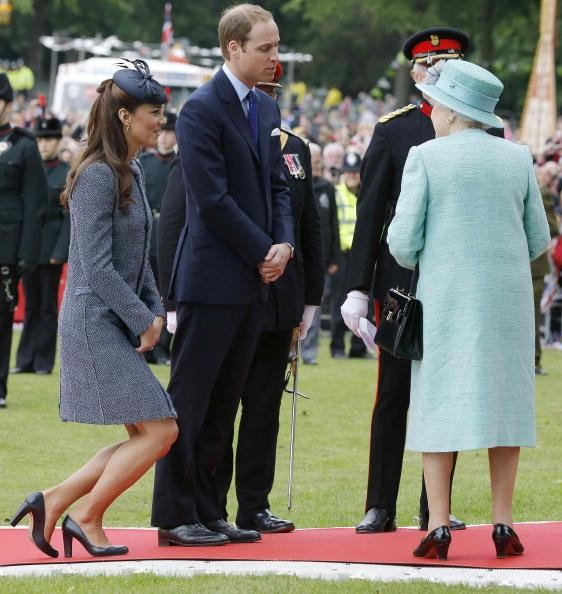
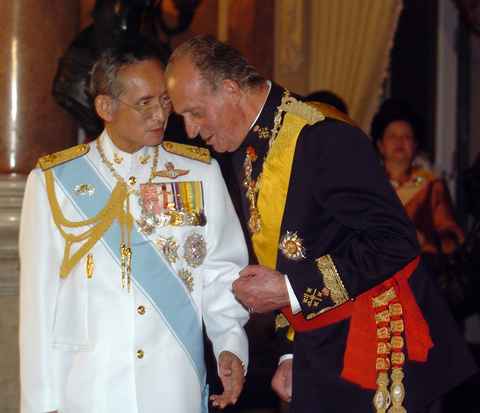
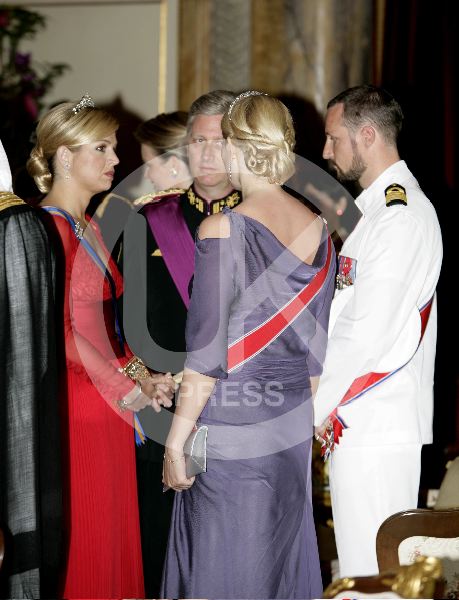
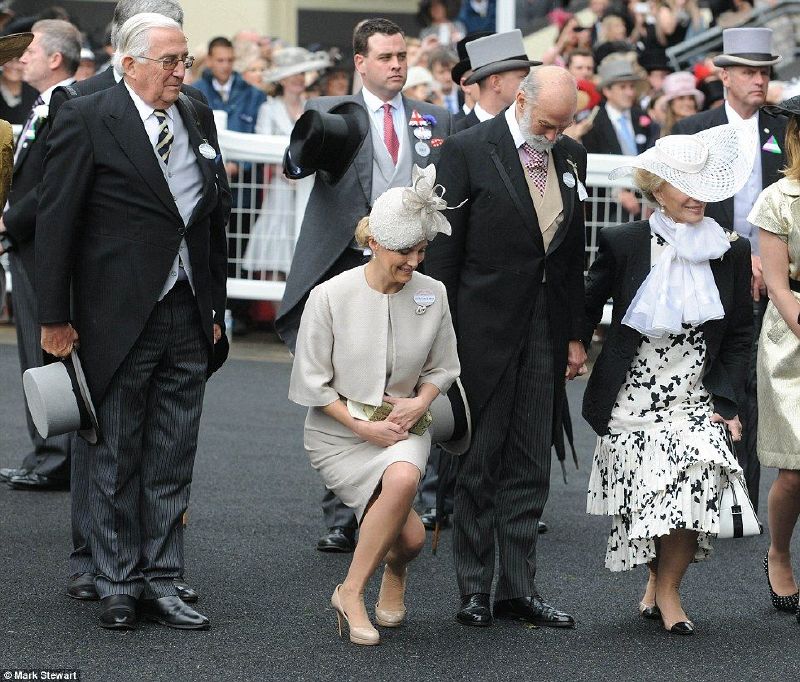
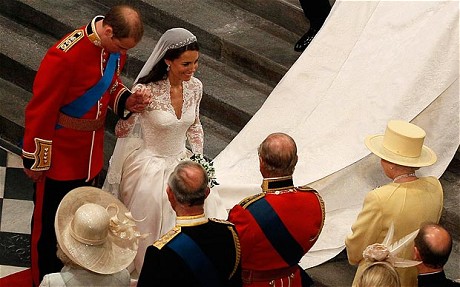

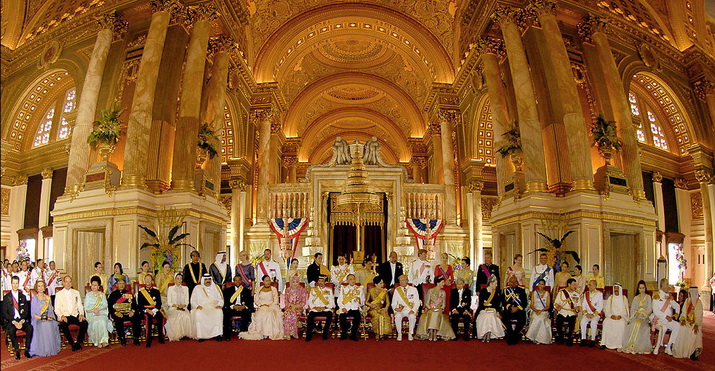
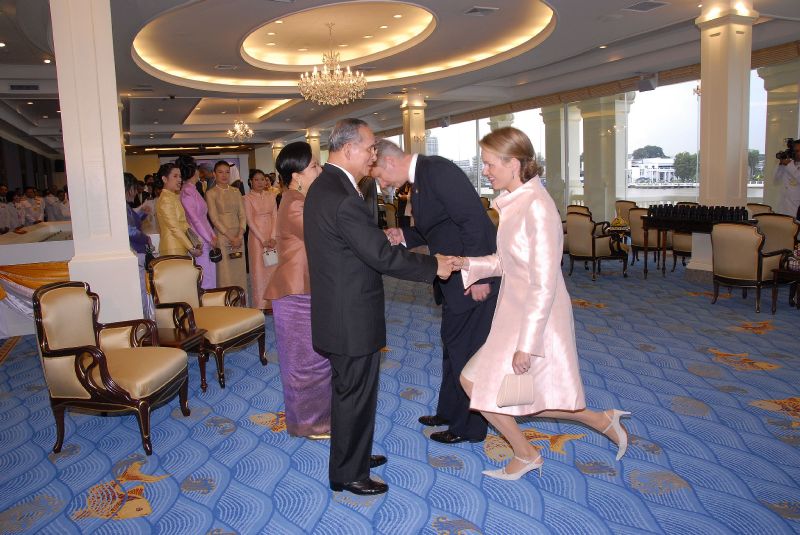
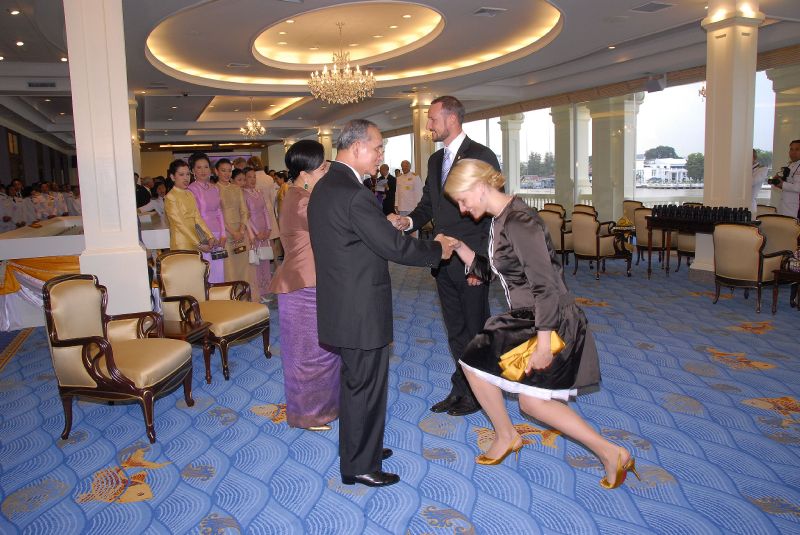
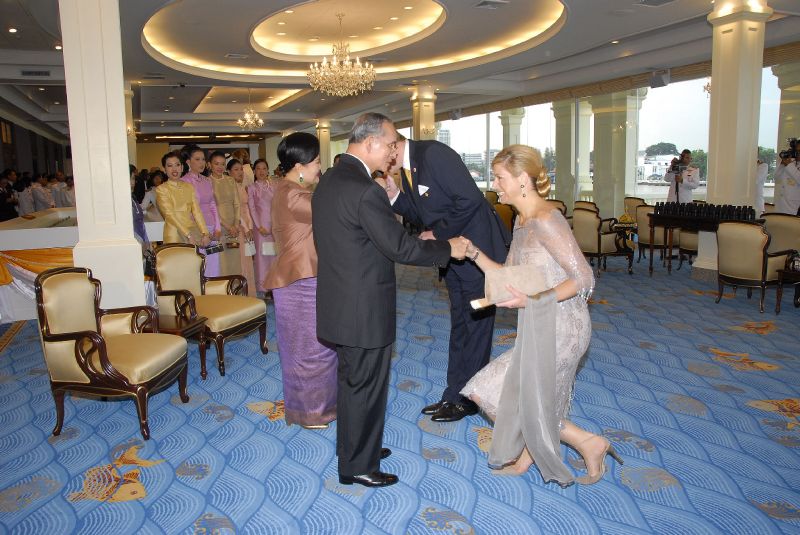
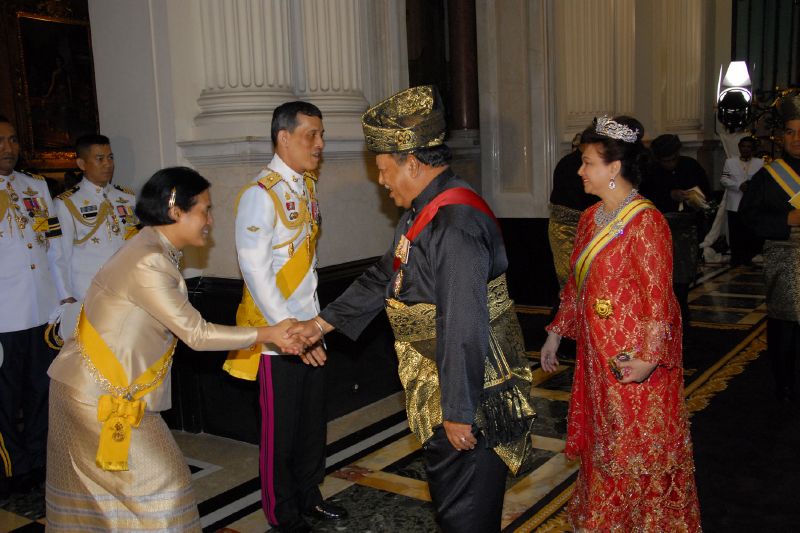
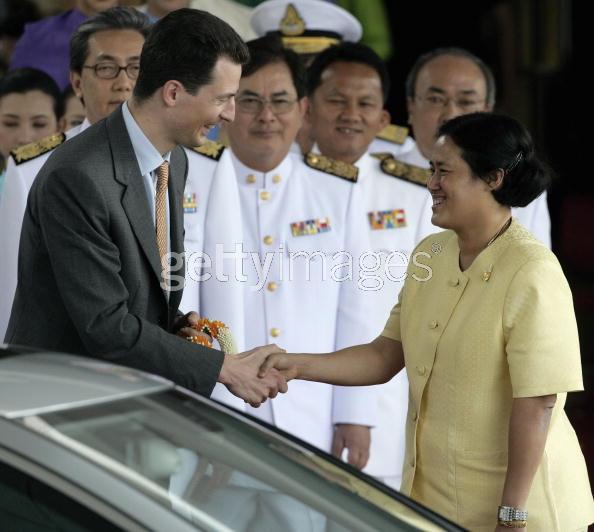
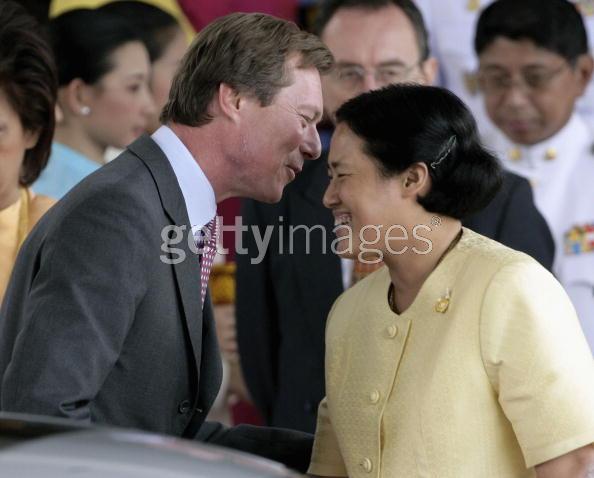



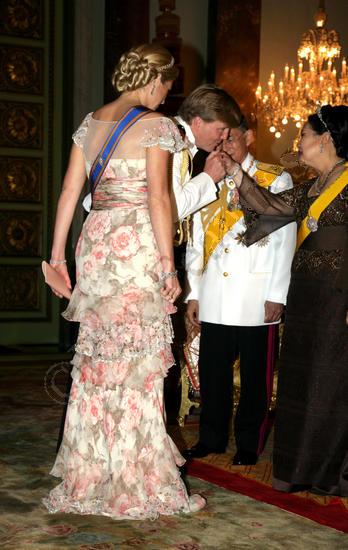




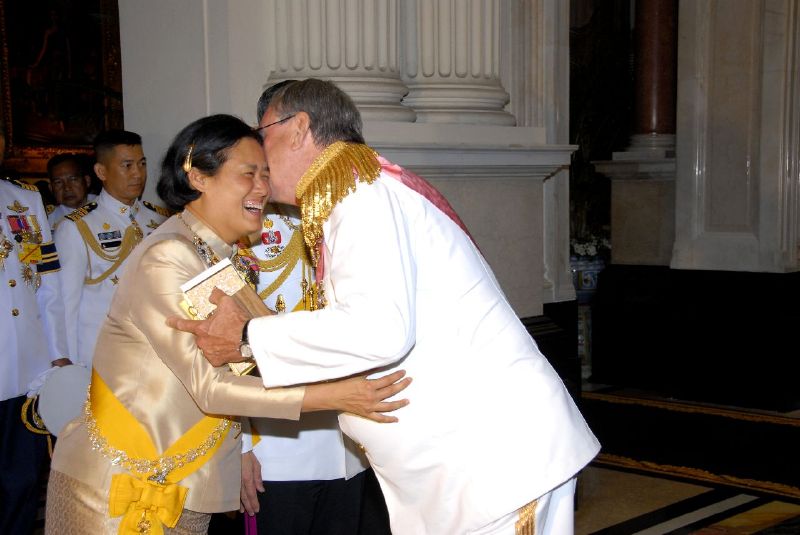
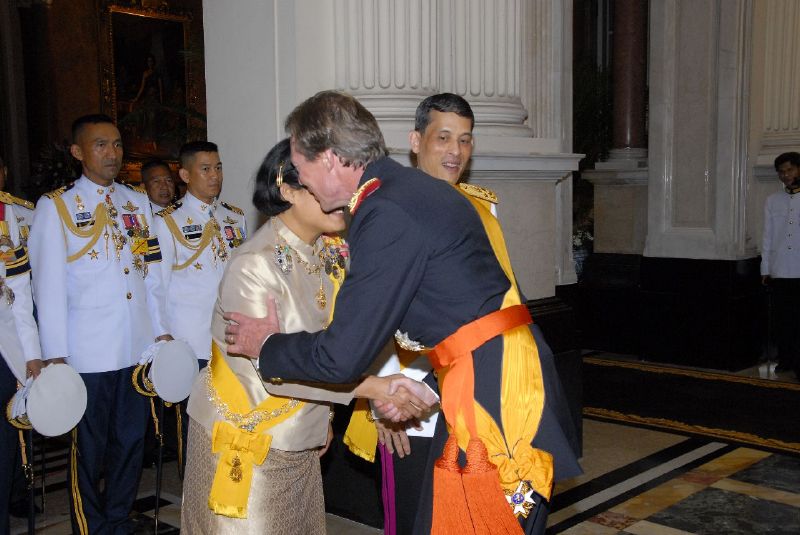





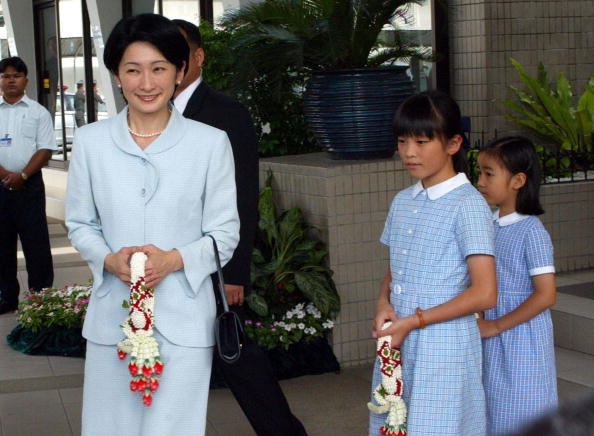


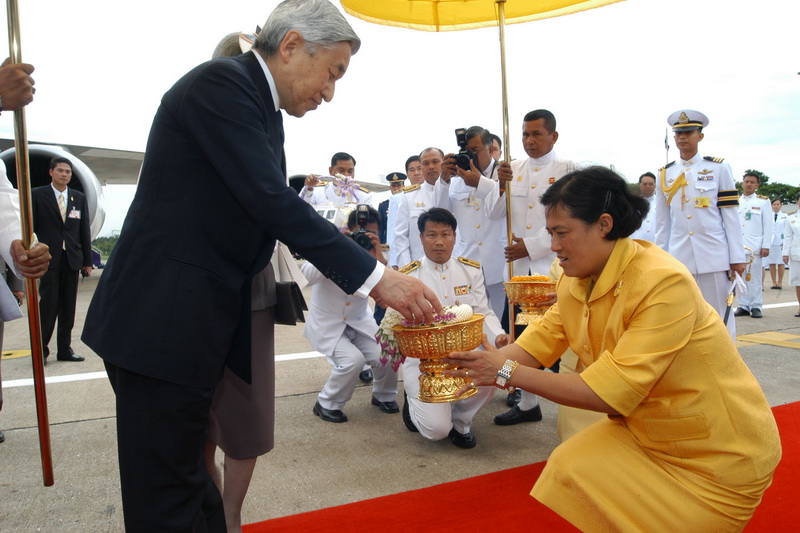
 ขอบคุณสำหรับกระทู้ดีๆ ค่ะ
ขอบคุณสำหรับกระทู้ดีๆ ค่ะ




